Adalbertstraße, Kreuzberg. In the middle of one of Berlin’s most trendy neighbourhoods. Long before the Royal Bunker gained a foothold here or Peter Fox sang about the city's dirty streets in "Black to Blue", what is probably the capital's oldest graffiti was created here in 1988. To this day it is one of the most legendary spots on the urban Berlin scene – and proves that rap, DJing, breakdancing and graffiti have been a central part of the cityscape for more than 30 years.
A place where ideas are born
Berlin is diverse, international, loud and yet anonymous. Here, everyone finds place to give space to their ideas. You can meet late-night beatboxers on Warschauer Bridge, DJs showing their skills until the early hours of the morning in Neukölln even on weeknights, and skaters of all ages training their slides and grinds in Berlin's skate hall. In Prenzlauer Berg, where the Berlin Wall used to separate East and West, lies the spacious Mauerpark, an urban meeting place for locals, tourists, flea market visitors, street artists and newcomers. A touristic, yet domestic, attractive, almost magical place.
In 2018, on my road trip for "Back to Tape", I met Curse in his Berlin studio - and even then it was clear: this was not my last foray up the Spree. And so it was a logical consequence that the capital would also be part of "Back 2 Tape" and that my big European trip with the Porsche Cayenne S Coupé would start and end here.
Flying Steps: a unique Berlin success story
For me, the Flying Steps are something like a prime example of the Berlin scene: from the PVC mat to the world stage. "In the past, MTV used to play all the time at our house – but I always danced secretly in my room," says Michael "Mikel" Rosemann.
In the early 1990s, the native Berliner discovered dancing in Moabit with the crew "City Rockers". He learned quickly and soon rose to become one of the most talented B-Boys in the capital. "On the weekends, young people met up and worked on a project concept that aimed to portray everything about hip-hop culture. DJs, rappers, graffiti artists and breakdancers gathered under the motto ‘Stop! No violence!’ That's when I knew: I wanted to be here."
"Create your life as a dancer"
Rosemann has been a member of the Flying Steps since the premiere of the acclaimed and award-winning show "Flying Bach". It was the only breakdance show worldwide to be awarded the ECHO Classic Special Prize, and he was on stage at every performance until the end of 2015. Today, Mikel is stage director and is responsible for artist management and workshops in the local B-Boy scene.
In addition, the father of two is dedicated to managing the Flying Steps Academy, where he also teaches young talents of various ages. "Everyone who believes in it has found his way into hip-hop culture and can live it out. How much he lives it out is his thing – and that is what makes hip-hop so special," says one of the world's best dancers. Right in the heart of the capital city, he is living this dream together with his crew. And now, he’s passing the baton on to the next generations. With 35 teachers, 20 different dance styles and over 1,800 students, the Flying Steps Academy is the largest urban dance school in Germany.
Hip-hop is a family you choose for yourself
My second stop in Berlin was fairly similar, but at the same time, completely different. As the daughter of a Romanian mother and an Iranian father, Miriam Davoudvandi grew up in Bad Säckingen, a spa town in Baden-Württemberg in southern Germany. With texts from "Haftbefehl", she self-identified as an immigrant at an early age, learning to appreciate the rap family and to question social exclusion. Confronted with prejudice in her small hometown, the journalist moved to Leipzig and, later, Berlin to study. There, she had interviews with Trettmann and MC Bogy and discussions with rapper Fler on Instagram – the beginning of her career as the first female editor-in-chief of splash! music magazine in the male-dominated hip-hop universe.
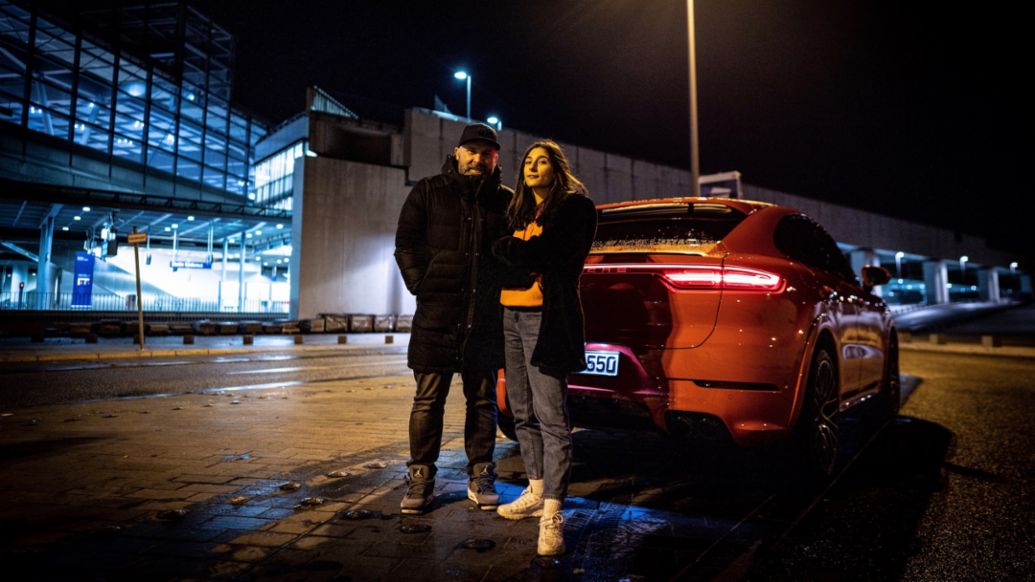
Since the splash! magazine shut its doors, the 27-year-old has been working in Berlin as a freelance media artist, participating in discussion groups and DJing under her pseudonym Cashmiri. Miriam has been a hip-hopper from the very beginning. She’s a real voice of her generation – which also includes Helen Fares, Salwa Houmsi and Visa Vie.
Hip-hop: where everybody feels welcome
With her DJ sets, she takes care not to play racist, sexist or homophobic music. This leaves all the more room for the music of female MCs or non-binary people. Room for hip-hop where everybody feels welcome and where there is no room for violence. "Rap needs to become softer again," says the former editor-in-chief. She is constantly moving between two worlds, she told the Süddeutsche Zeitung in December 2019: the "rap bubble" and the academic "feminism bubble".
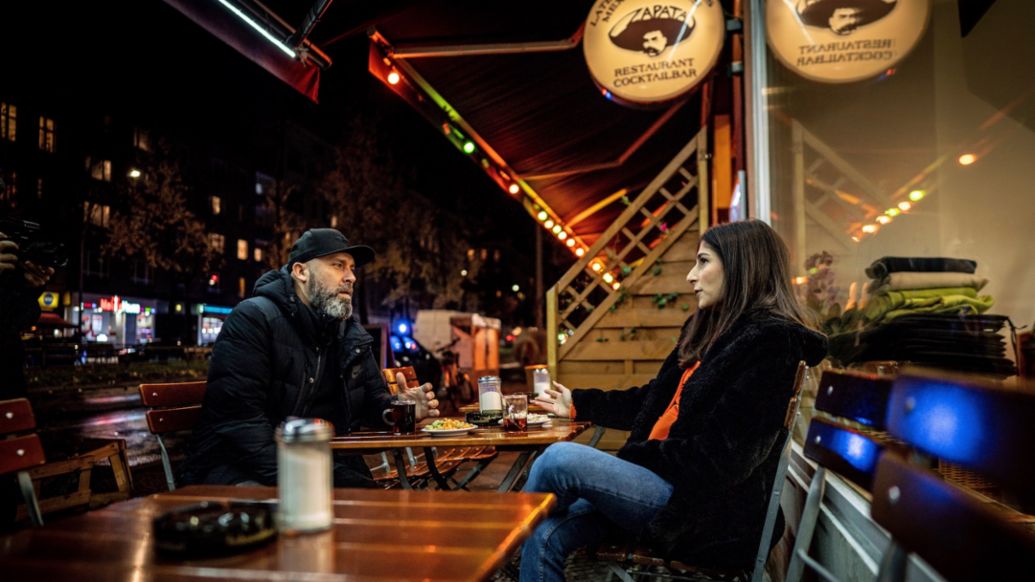
Why do so few women rap? What do you do when you feel that the lyrics you grew up with are becoming a social problem? Aren't rap and feminism total opposites? With her panel talk "I've got 99 problems, but being a feminist listening to rap ain't one", Miriam Davoudvandi and her colleague Lena Grehl have been addressing these questions for a long time – and thus, starting a debate about rap in society as a whole. She playfully succeeds in conveying the spirit of hip-hop, the values I seek on my road trip through Europe: clever and empathetic, diverse and critical.
Back 2 Tape
In 2018, music journalist Niko Hüls embarked on a journey to the roots of hip-hop in Germany in "Back to Tape". Now, he’s continuing his road trip across Europe in a Porsche Cayenne S Coupé. In cooperation with the hip-hop magazine Backspin.de, the Porsche Newsroom project "Back to Tape" sheds light on cultural influences through the four central elements of hip-hop: rap, DJing, breakdance and graffiti. In Part 1, Niko Hüls visits Berlin.
Official playlist of Back 2 Tape
Info
Text: Niko Hüls
Photos: Markus Schwer
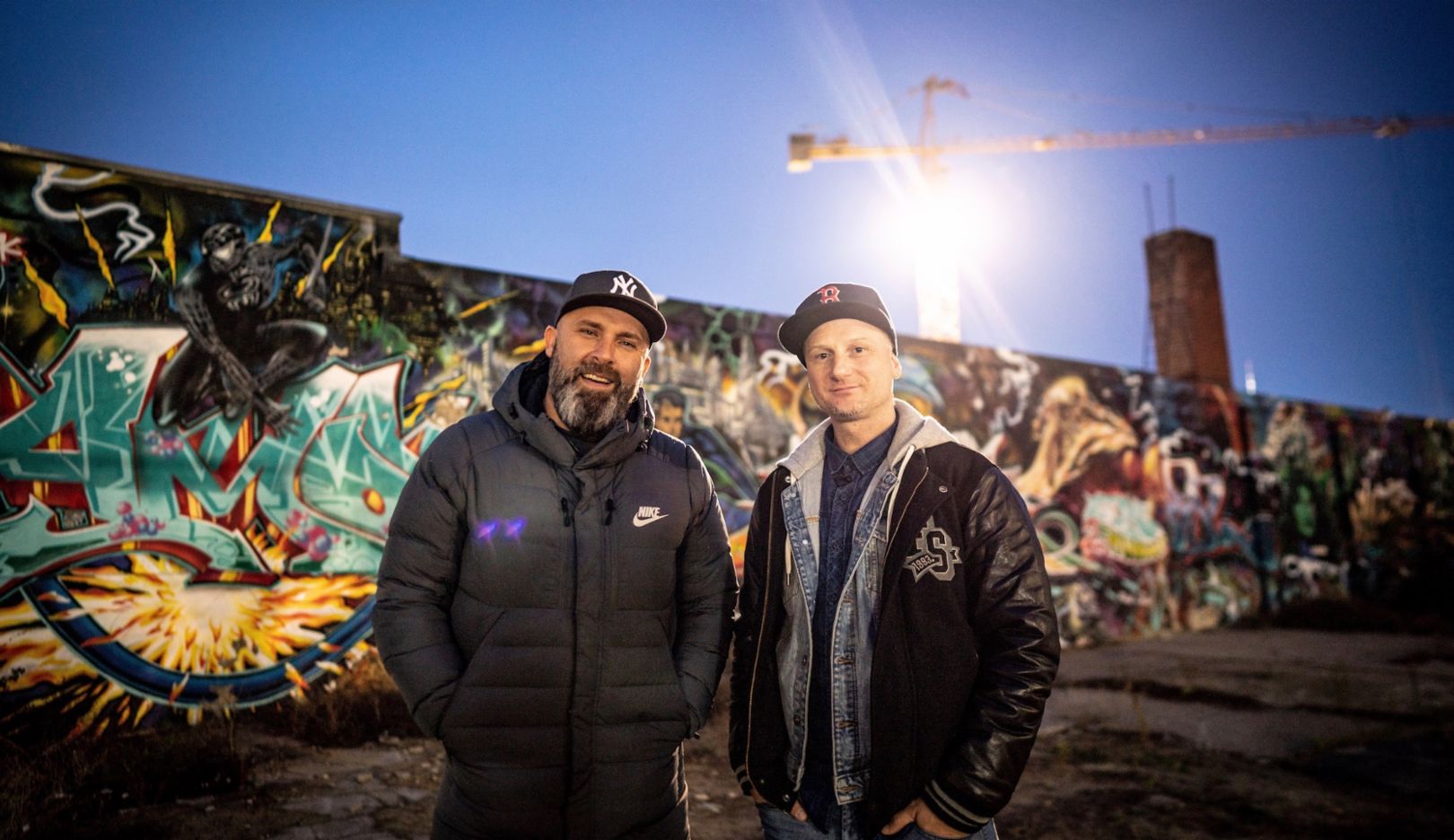

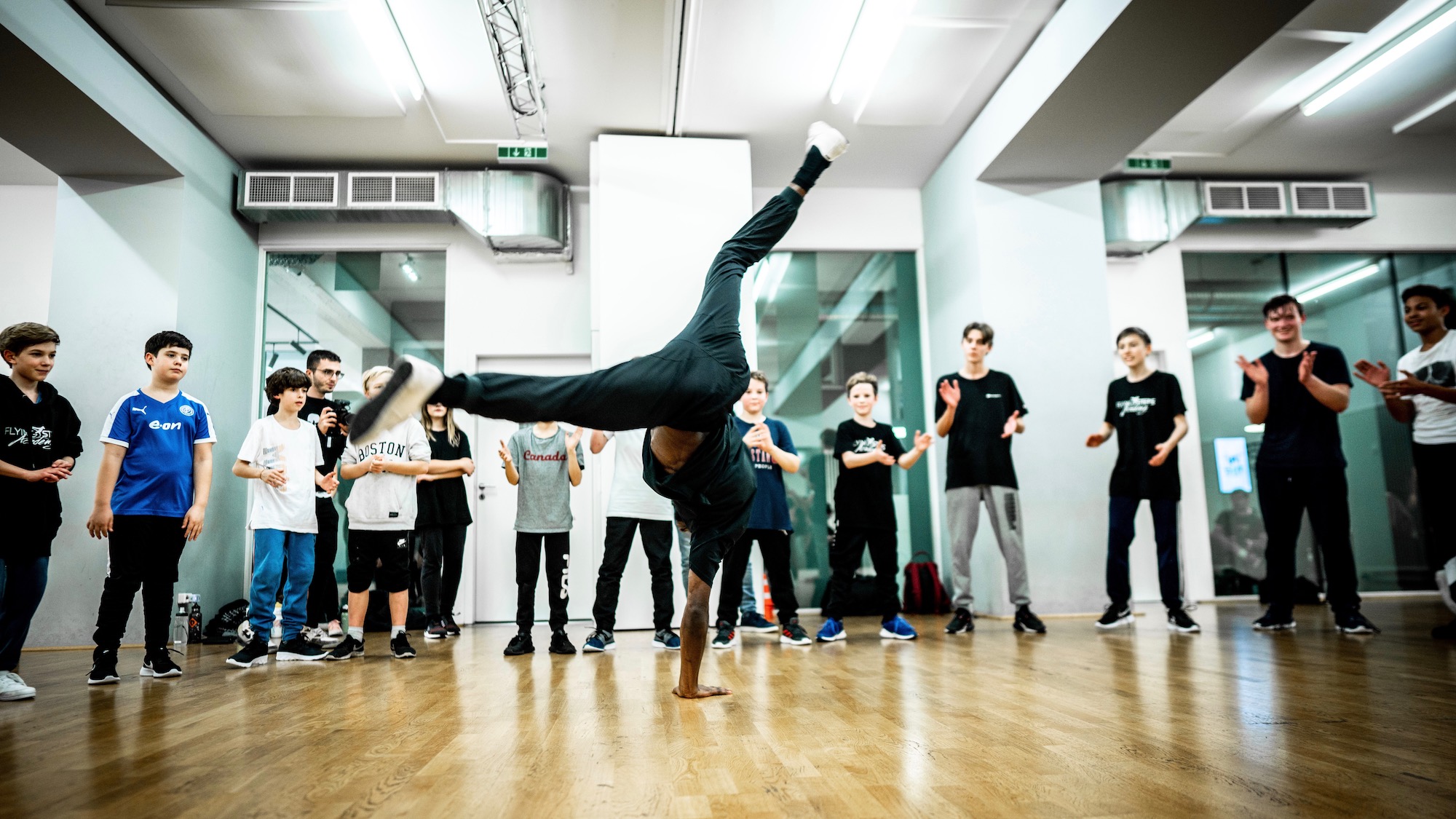

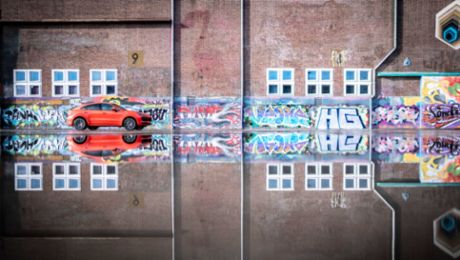
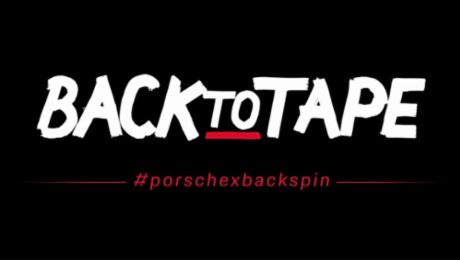
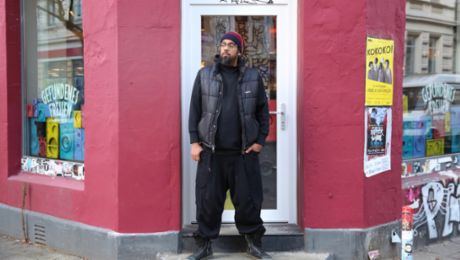
.jpg/jcr:content/b-1O5A2031%20(1).jpg)